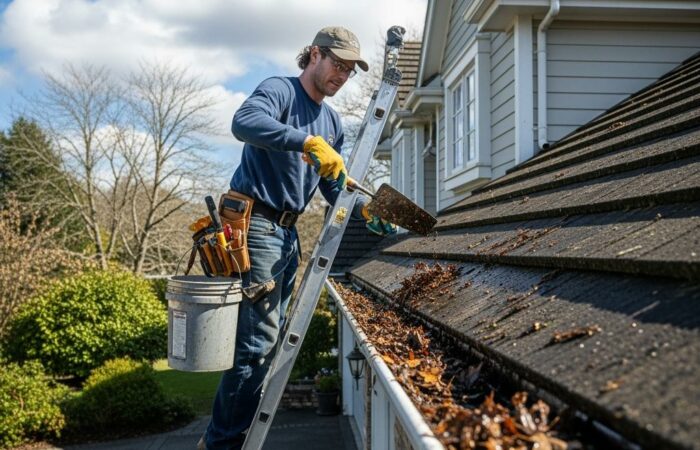
As summer temperatures rise in Madison, so does the risk of heat-related illnesses. Every year, Madison EMS responds to numerous heat emergencies that could have been prevented with proper knowledge and precautions. Understanding the difference between heat exhaustion and heat stroke—and knowing how to respond to each—can save lives during the hot, humid summer months along Connecticut’s shoreline.
Why Humidity Matters on the Shoreline
Living along Long Island Sound means we experience not just high temperatures but also significant humidity during summer months. This combination creates a dangerous environment for heat-related illnesses because:
- High humidity prevents sweat from evaporating efficiently from your skin
- When sweat can’t evaporate, your body loses its primary cooling mechanism
- The “feels like” temperature in humid conditions can be significantly higher than the actual air temperature
- The body’s core temperature can rise rapidly in humid conditions, even if you’re in the shade
Understanding Heat Exhaustion
Heat exhaustion is a serious condition that requires immediate attention but is less severe than heat stroke. It typically develops after exposure to high temperatures and inadequate fluid replacement.
Symptoms of Heat Exhaustion:
- Heavy sweating
- Cool, pale, clammy skin
- Fast, weak pulse
- Nausea or vomiting
- Muscle cramps
- Tiredness or weakness
- Dizziness
- Headache
- Fainting
First Aid for Heat Exhaustion:
- Move to a cool place (preferably air-conditioned)
- Loosen clothing
- Apply cool, wet cloths to the body or take a cool bath
- Sip water or a sports drink with electrolytes
- Seek medical attention if symptoms worsen or last longer than one hour
Recognizing Heat Stroke—A Medical Emergency
Heat stroke is a severe and potentially life-threatening condition that occurs when the body’s temperature regulation system fails and body temperature rises to 103°F or higher. Heat stroke requires immediate emergency medical treatment.
Symptoms of Heat Stroke:
- High body temperature (103°F or higher)
- Hot, red, dry, or damp skin
- Fast, strong pulse
- Headache
- Dizziness
- Nausea
- Confusion
- Altered mental status or loss of consciousness
- Seizures
What to Do for Heat Stroke:
- Call 911 immediately—this is a medical emergency
- Move the person to a cooler place
- Help lower the person’s temperature with cool cloths or a cool bath
- Do NOT give the person anything to drink if they are unconscious or confused
How Madison EMS Responds to Heat Emergencies
During summer months, Madison EMS responds to numerous heat-related emergencies, particularly involving:
- Beachgoers who spend long days in the sun without adequate hydration or cooling breaks
- Individuals exercising outdoors without proper precautions
- Outdoor workers exposed to high temperatures for extended periods
Our emergency response includes:
- Two Advanced Life Support (ALS) ambulances staffed 24/7
- Paramedics trained to provide IV fluids for rapid rehydration
- Active cooling measures inside climate-controlled ambulances
- 12-lead ECG assessment to evaluate cardiac conditions that may be exacerbated by heat
- Rapid transport to emergency departments for severe cases
High-Risk Groups in Madison
Elderly Residents
Older adults don’t adjust as well to sudden temperature changes and are more likely to have medical conditions or take medications that affect the body’s ability to regulate temperature or sweat.
Outdoor Workers
Landscapers, construction workers, and other outdoor professionals face extended exposure to high temperatures and humidity, often while performing physical labor.
Athletes and Beach Visitors
Both competitive athletes and recreational beachgoers can quickly become dehydrated, especially when exercising vigorously or spending hours in direct sunlight along Madison’s shoreline.
Community Resources
During periods of extreme heat, the Town of Madison makes cooling centers available to the public, typically including:
- The Senior Center
- Town Campus buildings
These locations provide air-conditioned spaces where residents can find relief from the heat, particularly for those without air conditioning at home.
Prevention: Your Best Defense
Stay Hydrated
- Drink more water than usual
- Don’t wait until you’re thirsty to drink
- Avoid alcohol and sugary drinks, which can cause dehydration
- Consider sports drinks to replace lost electrolytes if you’re sweating heavily
Stay Cool
- Schedule outdoor activities during cooler morning or evening hours
- Take frequent breaks in shaded or air-conditioned areas
- Wear lightweight, light-colored, loose-fitting clothing
- Use sunscreen—sunburn affects your body’s ability to cool down
- Take cool showers or baths
Stay Informed
- Check local news for extreme heat alerts
- Learn the signs of heat-related illness
- Keep an eye on those most at risk
- Never leave children or pets in cars, even with windows cracked
Quick Reference Guide: Heat Illness Response
| Condition | Key Symptoms | Appropriate Response |
|---|---|---|
| Heat Exhaustion | Heavy sweating, cool/clammy skin, weakness, nausea, dizziness | Move to cool place, sip water, apply cool cloths, rest |
| Heat Stroke | High temperature (103°F+), hot/red skin, confusion, possible unconsciousness | Call 911, move to cooler place, cool with water or cold cloths |
Remember: Heat stroke is a medical emergency that can lead to permanent disability or death if not treated promptly. When in doubt, call 911.
The Madison EMS team is here to help during heat-related emergencies, but we’d prefer to see our community members enjoying summer safely. By understanding the differences between heat exhaustion and heat stroke—and taking proper precautions—you can protect yourself and your loved ones during the hottest days of the year.
For more information about heat-related illnesses, visit the CDC Heat Safety Website.



